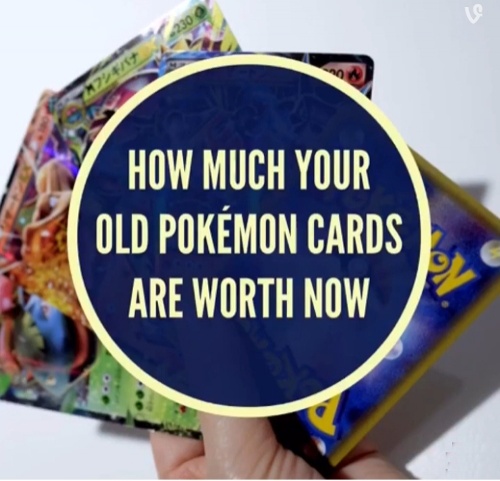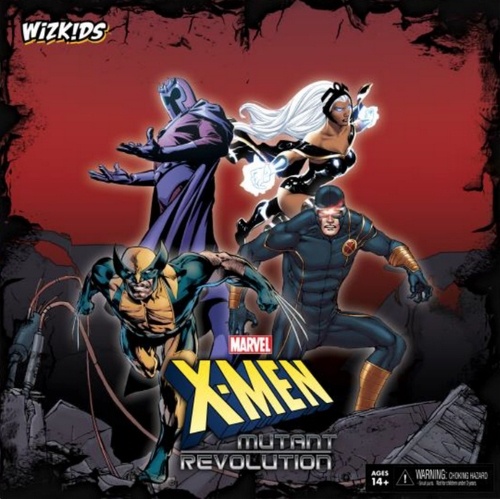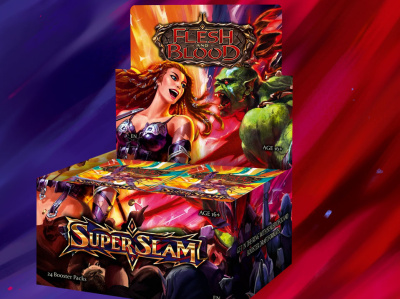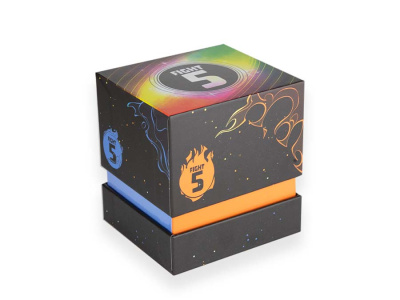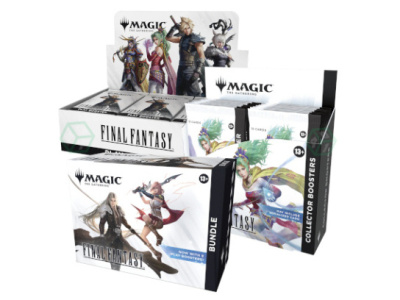Rolling for Initiative is a weekly column by Scott Thorne, PhD, owner of Castle Perilous Games & Books in Carbondale, Illinois and instructor in marketing at Southeast Missouri State University. This week, Thorne talks about an internet video hyping the value of old Pokemon cards.
Following up on Marcus King’s column last week about using Pokemon Go to draw in customers, I had a few customers excitedly point out (and other stores figuratively shaking their head over) this video AOL posted showing the small fortune lurking in the back of your closet in the form of old Pokemon cards. Sorry but to paraphrase Mark Twain, "It just ain’t so."
There are three main reasons why the Pokemon cards collected back in the 1990s aren’t worth the eye-popping sums shown in the video:
You probably don’t have those cards. If you look closely at the cards as they flash by, you will notice that a number of them indicate they are miss-cut or miss-printed cards or that they were prize cards given out to winners of major Pokemon tournaments. These cards are extremely scarce and, while they can command the price shown in the video, it is highly unlikely any of them found their way into the binder that has sat on the top shelf in that closet in the basement for the past 15 years. Much like anything else, scarcity drives the price up.
Mint condition. The prices asked and offered are for cards in mint condition. The vast majority of cards from the 1990s belonged to 6 to 12 year olds, who were not of the mind to treat their cards as collector’s items. They bought the cards, played with them (often unsleeved) and shoved them into binder pages, not overly concerned with how well they fit into the page. As any comic collector will tell you, the difference between an item graded at 9.8 and one graded at 8.8 can run 50% or more. Even today, kids who buy Pokemon cards are not inclined to treat them as potential collector’s items. They want to play with the cards.
Asking price. If you notice in the video, the prices listed are "asking price." Asking price is not the same thing as selling price. A seller can put any price they want on an item and set that as their asking price. That does not mean that price reflects the item’s actual value or demand. By way of example, we just got in trade from a customer a copy of WizKids’ Mutant Revolution board game which retails new for $49.99. Prices for the game, used and new, listed online range from $25 to $2355.99. Yes, you read that correctly. There is a website online that has a new copy of the X-Men Mutant Revolution board game listed at $2355.99. Will they get that price for it? I really, really, REALLY doubt it. A quick search of eBay completed listings shows shrinkwrapped copies selling right around a $40 price point, a far cry from $2355. Would I like to ask $2355 for it? Sure, but that would make it one of the most expensive items in the store. Asking price and the price you can reasonably expect to get for an item often differ wildly.
As I told parents during the last Pokemon boom, buy decks, buy packs, buy cards, preferably from us, but don’t plan to fund your kids’ college education from them. Look at Pokemon for what it is, a enjoyable game, not an investment vehicle.
The opinions expressed in this column are solely those of the writer, and do not necessarily reflect the views of the editorial staff of ICv2.com.
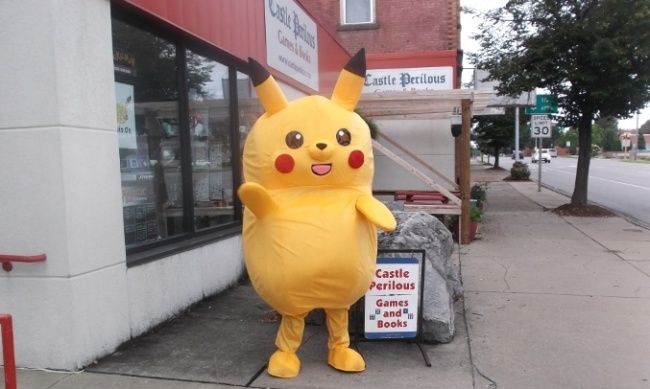
Column by Scott Thorne
Posted by Scott Thorne on August 22, 2016 @ 3:35 am CT
MORE GAMES
New 'Flesh & Blood TCG' Booster Set
July 3, 2025
Legend Story Studios announced Super Slam, a new Flesh & Blood TCG booster set.
New Riff of the Classic Game of War from Chip Theory Games
July 3, 2025
Chip Theory Games will release Fight Five, a new card game, into retail.
MORE COLUMNS
Column by Rob Salkowitz
June 30, 2025
Columnist Rob Salkowitz talks to a mid-sized publisher who told him we are at "DEFCON 2, if not DEFCON 1."
Column by Scott Thorne
June 30, 2025
This week, columnist Scott Thorne discusses sales on the Final Fantasy set and his experience with Games Workshop's policies on breaking release dates.



